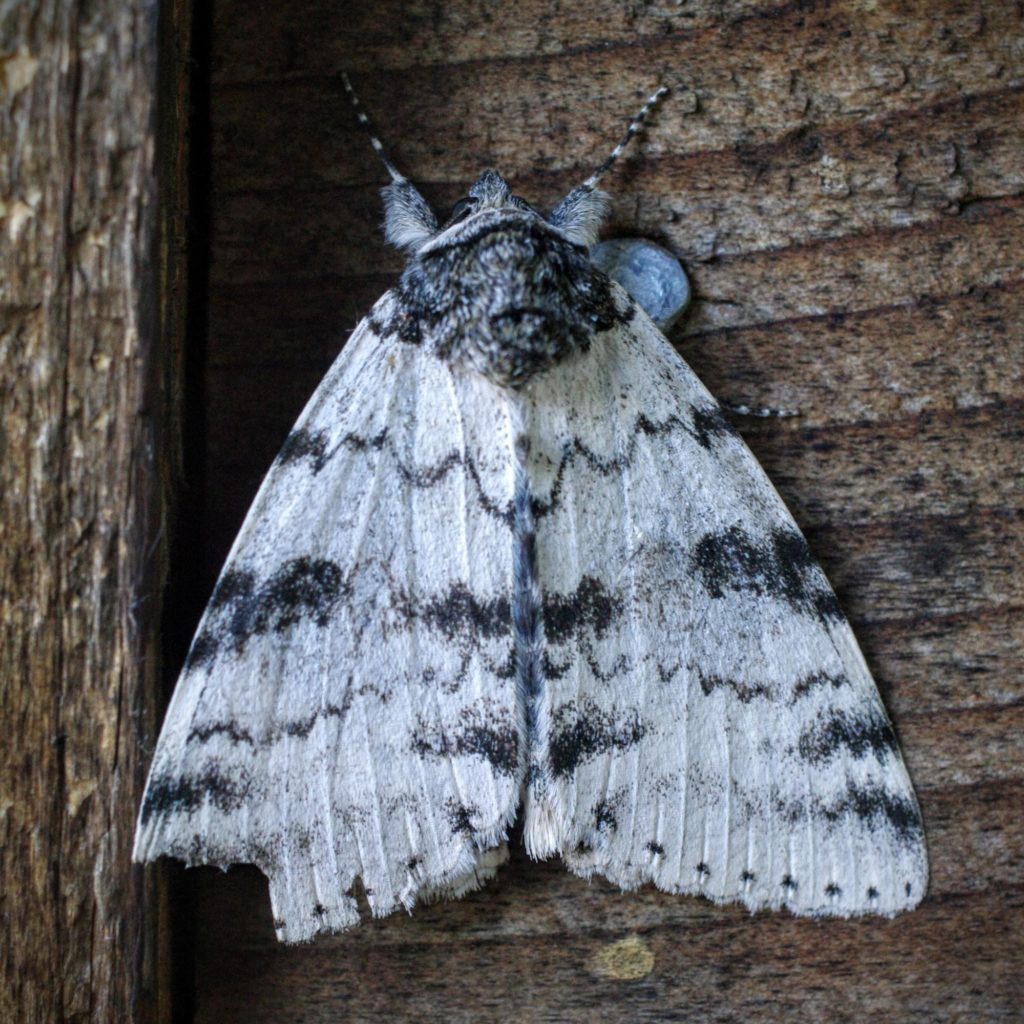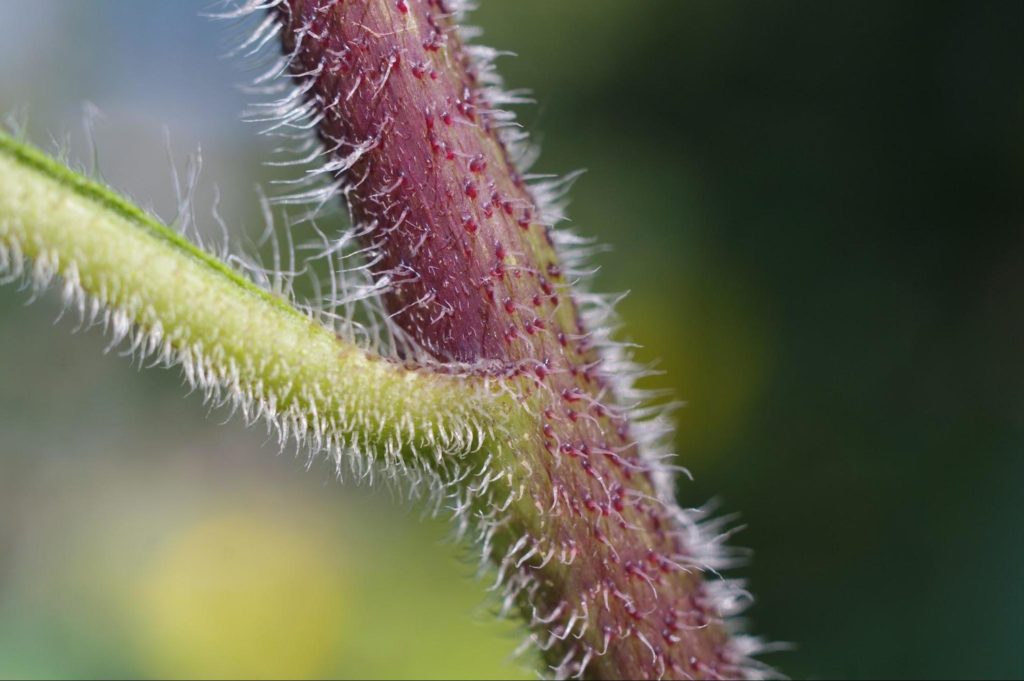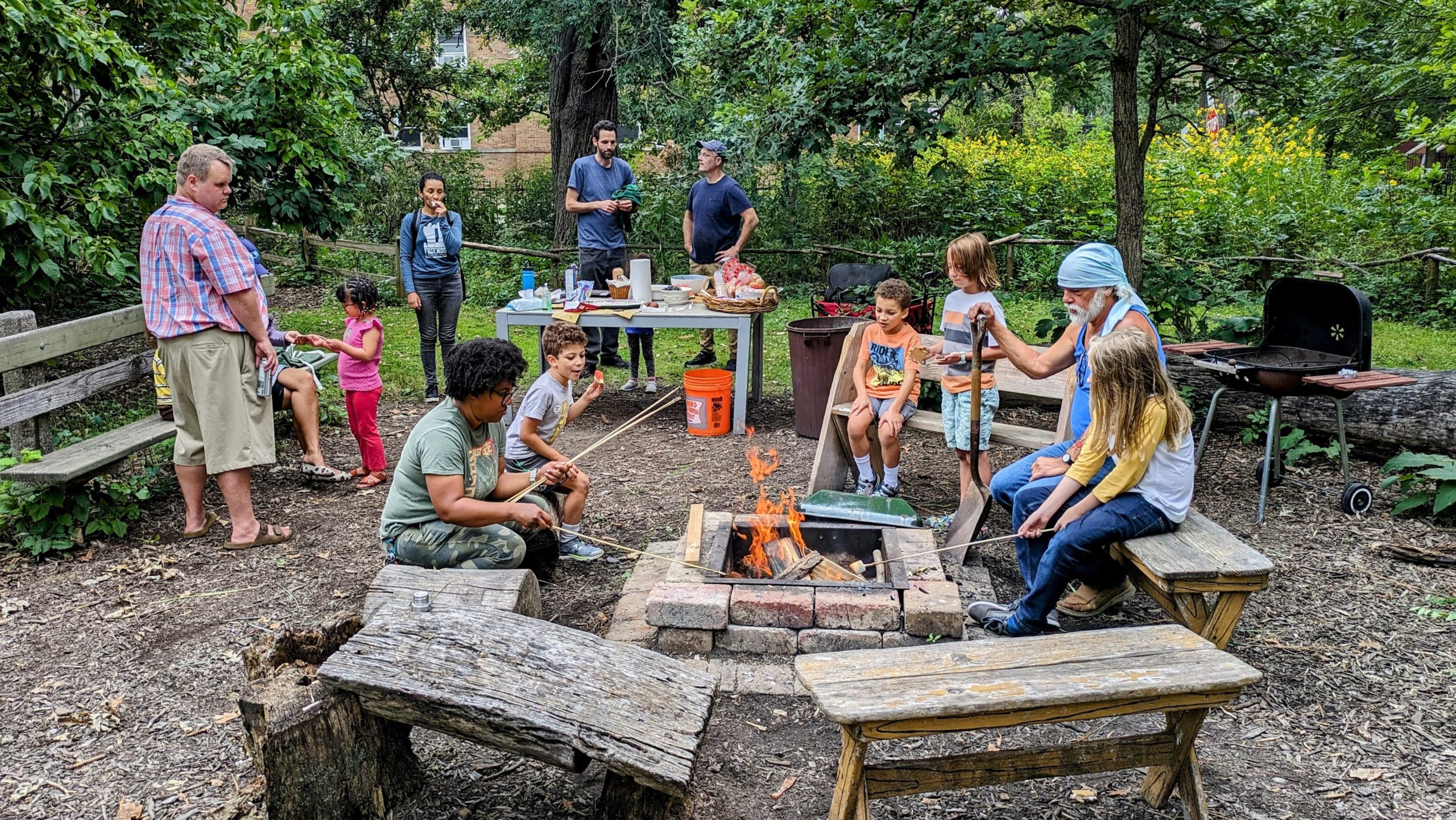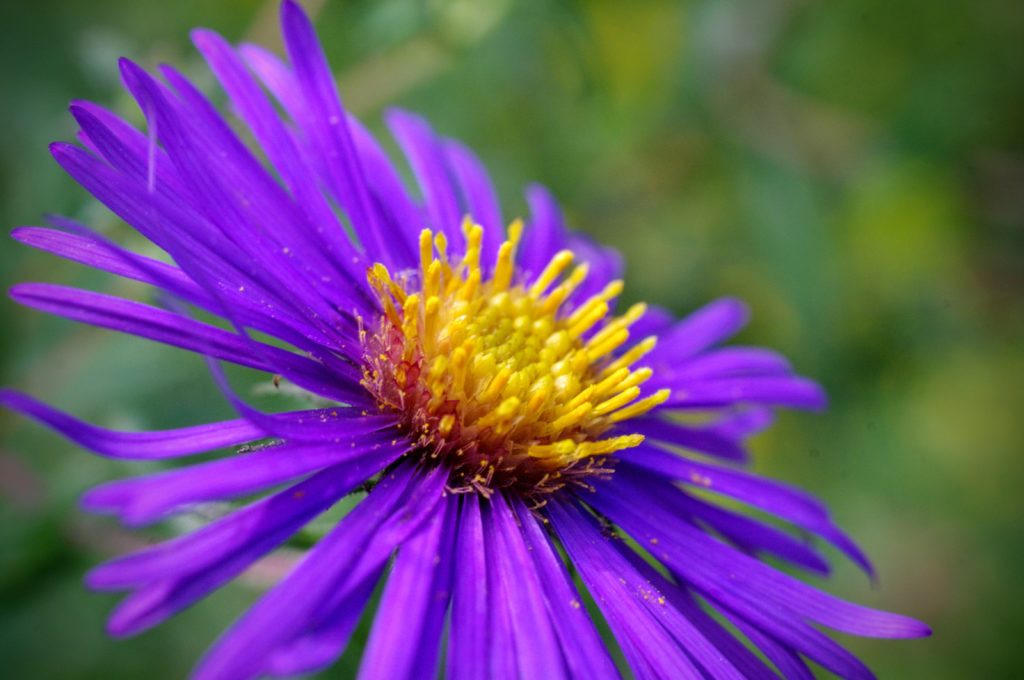Join us on Saturday, 10:00am until noon, for garden stewardship! We’ve been grateful for a string of unseasonably pleasant Saturday morning weather throughout the fall, and there is always more to do to get the garden settled for winter. But our luck will certainly run out sooner or later, so come on by tomorrow for what could be our last workday of the season!
Focus on… Witch Hazel
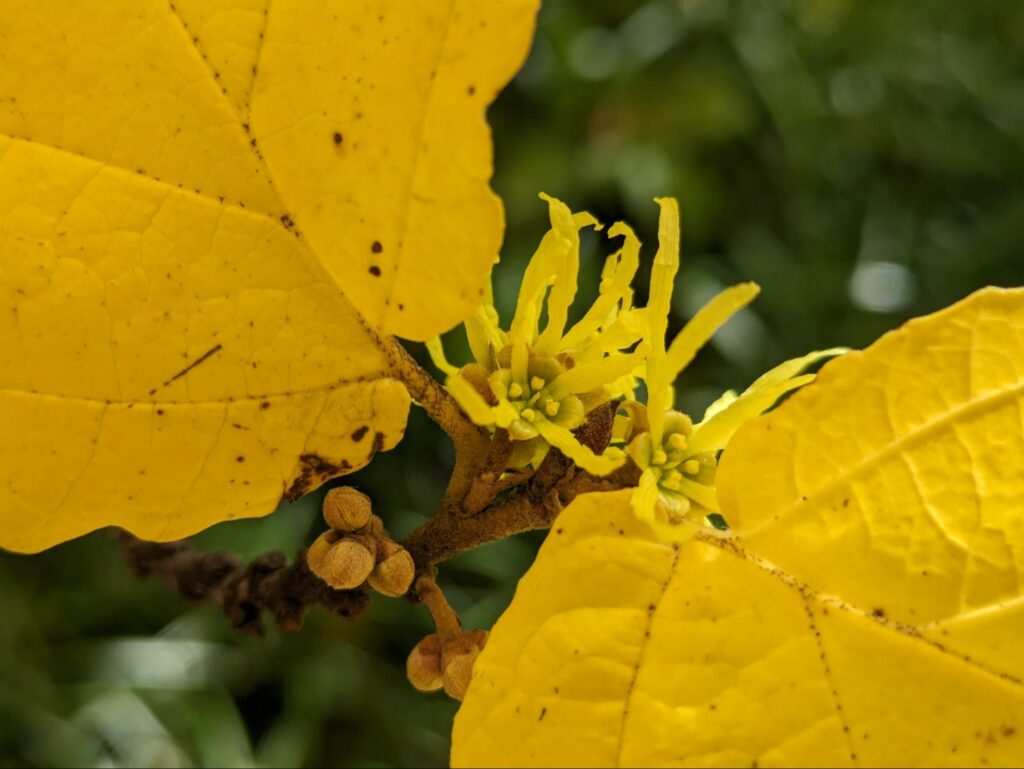

The final native plant to flower each year is the witch hazel (Hamamelis virginiana). We have two witch hazel trees at Waters, and they can bloom as late as Christmas. Their delicate flowers have four yellow petals and four yellow sepals. Once pollinated, the seed capsule takes a year to mature. During this maturation process the seed capsule turns into a mini seed canon. As it dries out, it begins to deform, which applies pressure to the seed inside it. Eventually this force is large enough to overcome the seed’s resistance, and the seed is fired out at speeds of up to 30 mph.

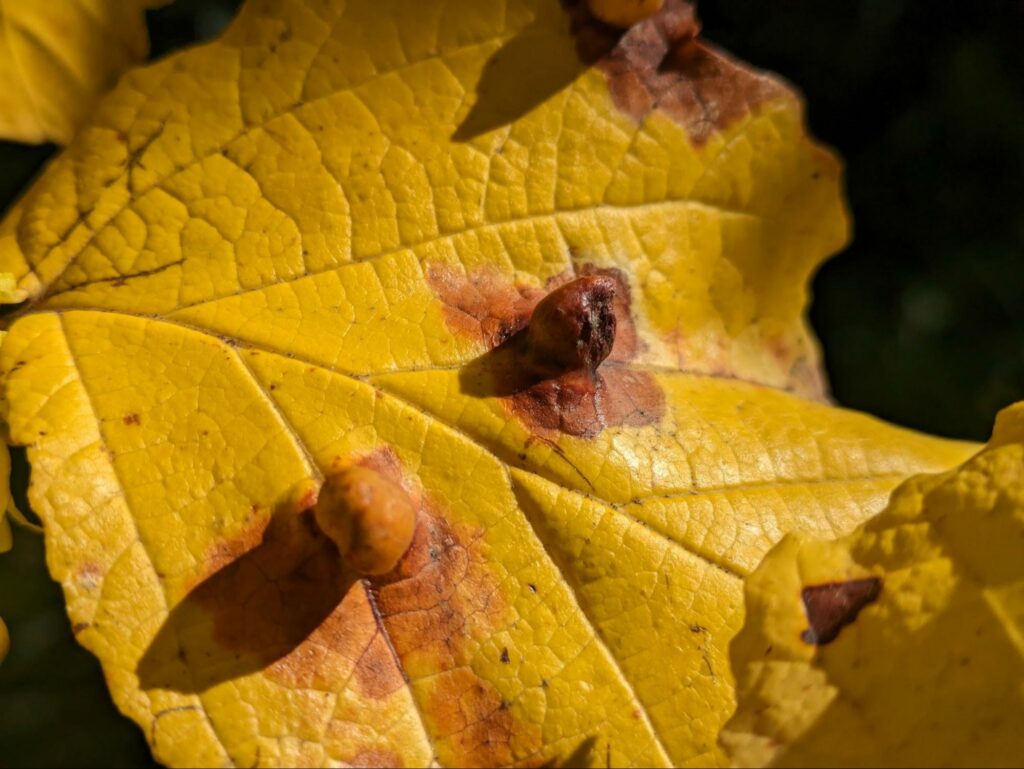
The witch hazel in the south swale is host to the witch-hazel cone gall aphid (Hormaphis hamamelidis), an insect with a fascinating life cycle that includes seven distinct generations over the course of a year, three of which occur on the nearby river birch (Betula nigra) trees. One of the generations lives in a gall that forms on the leaves of the witch hazel. You can see these galls throughout the year protruding from the leaves.
The witch hazel in the south swale has been blooming for the last month or so. The witch hazel closer to the school main entrance is blooming now. Go check them out.
The “Focus On” series is written by Jeremy Atherton, the parent of a Waters 5th grader. He is a research scientist at Northwestern University Medical School. In addition to volunteering at Waters Garden, he is a steward at Riverbank Neighbors and a member of the 47th Ward Green Council.










